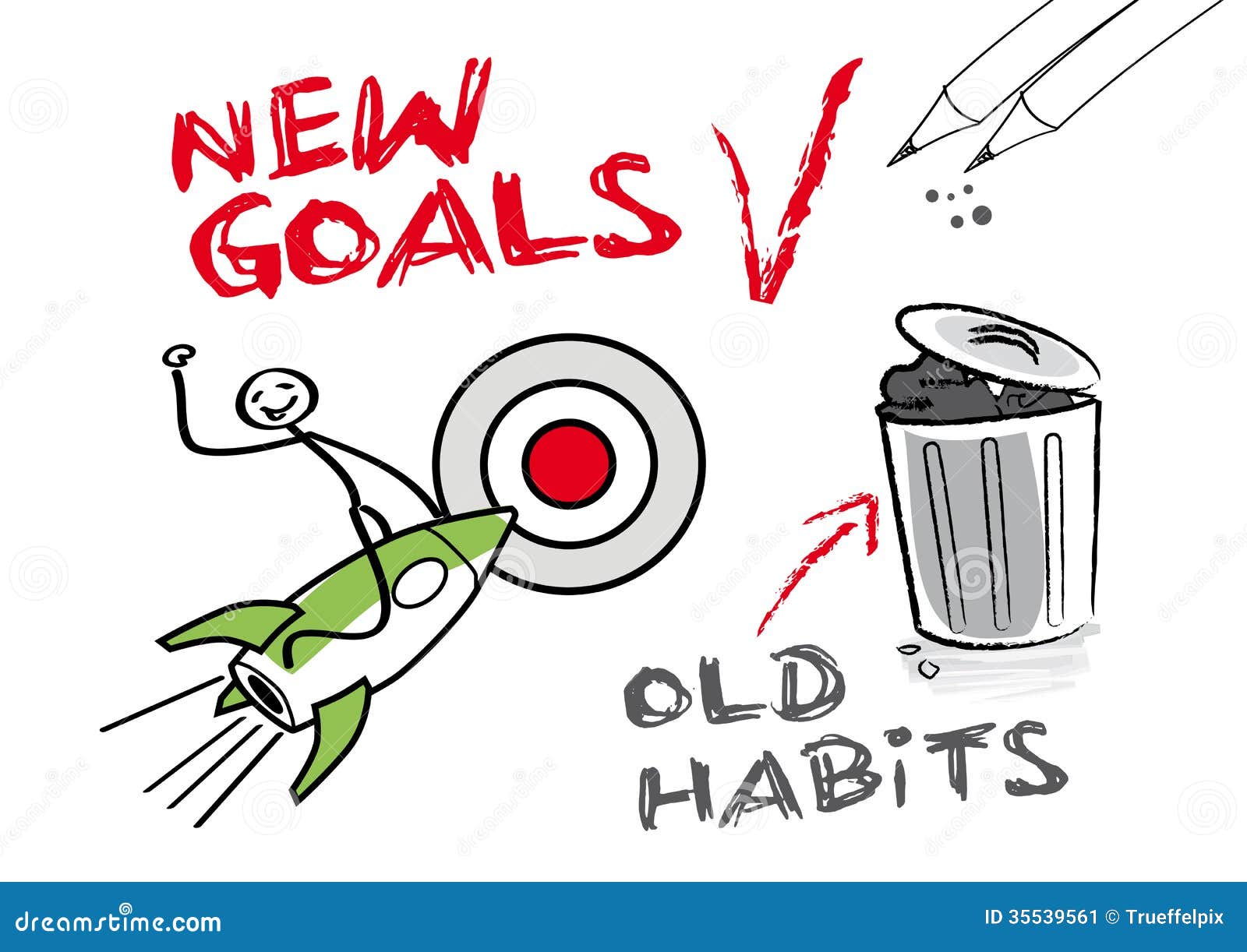Germs at the Gym:
What You Can Do to Prevent the Spread
During flu season, the healthiest place to be may not be at health or fitness clubs.
What You Can Do to Prevent the Spread
During flu season, the healthiest place to be may not be at health or fitness clubs.
This flu season has been absolutely dreadful, with the CDC recently announcing that the flu is widespread in virtually every part of the country. While the strain of the flu has changed, the mechanism by which its spreads has remained the same. The constant sneezing, coughing and then touching of objects such as door handles and pens/pencils only to be touched again by someone who was previously not infected is something that remains the same time after time. While the best way to fight the flu is to wash your hands, avoid touching your face, cough and sneeze into the crevice of your arm and to keep up with immune supplementation, one method (exercise) may not be the best thing if you aren't being cautious wherever you work out.
When you really think about it, fitness facilities can be germ infested virus and bacteria carriers due to the amount of sweat and other viruses you carry in off of the street. Keeping this in mind, here are some tips on what pieces of equipment to be cautious of and what we can do to prevent catching anything other than the fitness bug:
- Wipe Down Weight Adjustment Pins Before Use: Weight adjustment pins are constantly touched by everyone on the same spot. However, even if you are constantly wiping down equipment after using it, how many times can you say that you've wiped down those little pins? Well, you're not alone as the pins usually score very high in regards to germ levels. To ensure that you'll remain as healthy as possible at the gym, take a second to wipe down these pins before use.
- Free Weights Aren't Free From Germs: Little factoid for you; free weights contain 300 times more germs than toilet seats. With that in mind, you might want to make sure that you wipe down the free weights before use and after use.
- Water Fountains Will Shower You With Germs: E. coli, legionella, coliform and the flu are a few of viruses and bacteria that hang around on water fountains as they spray water, and whatever else previously mentioned, into your mouth. Another fun fact: Some water fountains studied also had more germs on them than toilet seats. When going to the gym, the safest thing to do may be to just bring your own water bottle.














